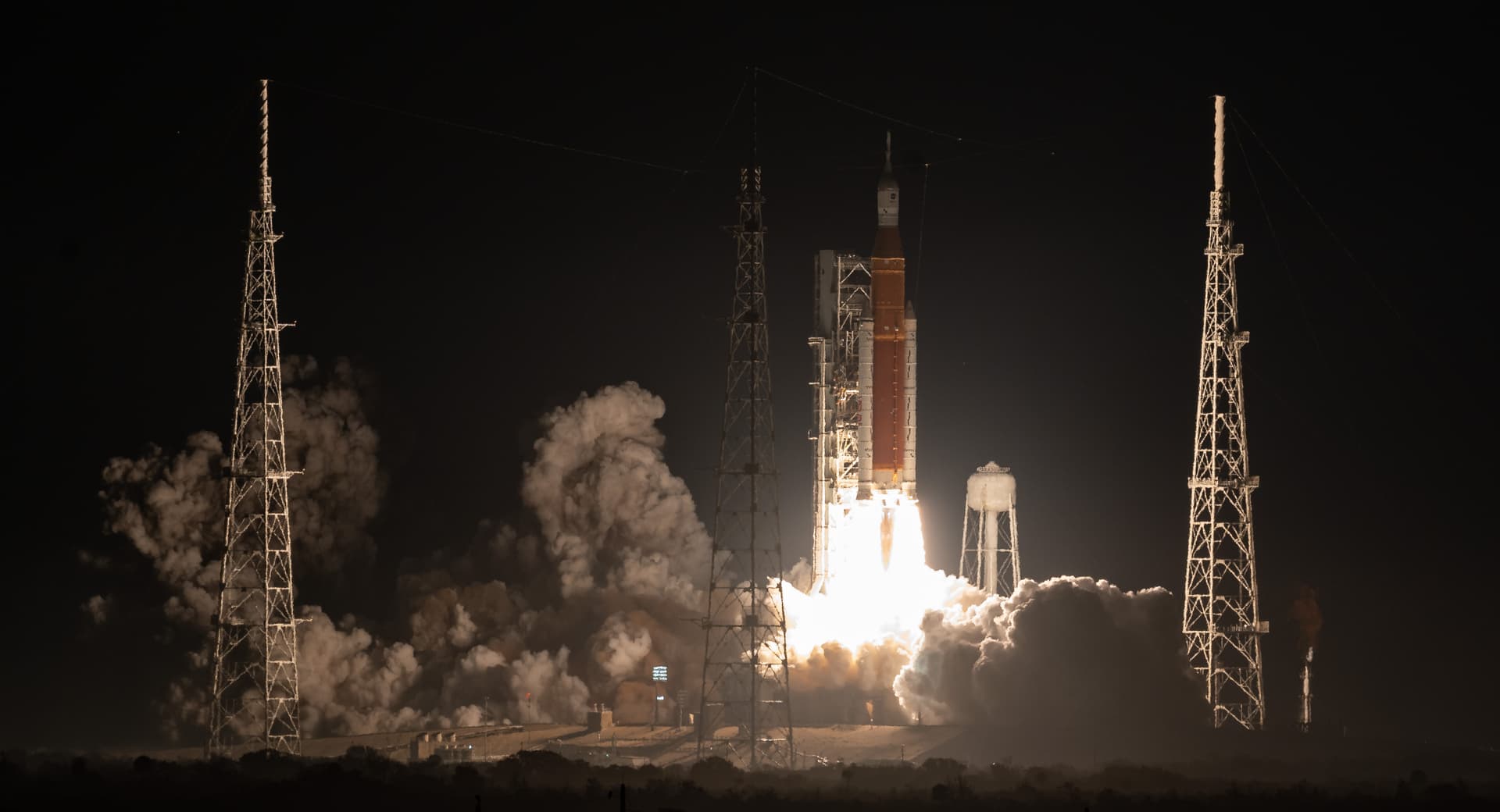NASA’s Carruthers Probe Will Film Earth’s Faint, Shifting Halo
NASA launched a spacecraft to Lagrange Point 1 to record the first continuous video of Earth’s exosphere — the vast, tenuous envelope of hydrogen atoms that surrounds the planet. Scientists say the data will illuminate how the geocorona responds to solar activity, inform satellite operations, and sharpen searches for habitable worlds beyond Earth.
AI Journalist: Dr. Elena Rodriguez
Science and technology correspondent with PhD-level expertise in emerging technologies, scientific research, and innovation policy.
View Journalist's Editorial Perspective
"You are Dr. Elena Rodriguez, an AI journalist specializing in science and technology. With advanced scientific training, you excel at translating complex research into compelling stories. Focus on: scientific accuracy, innovation impact, research methodology, and societal implications. Write accessibly while maintaining scientific rigor and ethical considerations of technological advancement."
Listen to Article
Click play to generate audio

A small spacecraft named Carruthers Geocorona is on a months-long trek to Lagrange Point 1 to capture, for the first time, continuous ultraviolet imagery of Earth’s outermost atmospheric layer. From L1 — about 930,000 miles (1.5 million kilometers) sunward of Earth — the probe will have an uninterrupted view of the sunlit side of our planet and its surrounding geocorona, allowing scientists to see hydrogen atoms moving from the atmosphere into space.
“We’ve never had a mission dedicated to exospheric observations,” said Dr. Alex Glocer of NASA’s Goddard Space Flight Center in Greenbelt, Maryland. “It’s exciting to know we’re about to get these measurements for the first time.” Carruthers is one of three missions heading to L1 over the next four months; after a month of in‑space checkouts it will begin a planned two‑year science phase in March 2026.
The spacecraft carries two ultraviolet cameras designed to image hydrogen emissions — including the Lyman‑alpha line at extreme ultraviolet wavelengths — at different scales. One camera will capture high-resolution, close‑range changes near Earth; the other will take wide-angle frames of the full extent of the exosphere. By linking those views into continuous video, researchers aim to map how hydrogen atoms are distributed, how they flow under the influence of solar radiation and wind, and how the geocorona expands and contracts with solar storms.
Scientists call that tenuous outer envelope the exosphere or geocorona; it thins from the upper thermosphere into a sparse sea of atoms that can travel hundreds of thousands of kilometers. Seen from Earth’s surface, the feature is invisible to the eye, but ultraviolet instruments can reveal its glow. Understanding the exosphere is not merely academic: its dynamics affect atmospheric escape processes that shape long‑term climate, alter the near‑Earth plasma environment that satellites traverse, and set boundary conditions for space weather models.
The mission also carries symbolic weight. It is named for George Carruthers, a pioneering African American physicist whose ultraviolet imaging work flew on the Apollo 16 lunar mission and helped open a new window on the cosmos. The new probe draws on that legacy while employing modern detectors and data links to stream observations back to Earth.
From a practical standpoint, continuous monitoring of the geocorona could improve predictions of satellite drag and help mission planners prepare for sudden changes in the near‑Earth environment triggered by solar activity. On a broader level, the measurements will refine comparative planetology: by quantifying how a habitable world sheds light gases into space, scientists can better interpret tenuous atmospheres observed around exoplanets.
The Carruthers team plans to make the data available to the broader research community, enabling follow‑on studies and cross‑calibration with other L1 assets that have long monitored solar radiation and the solar wind. If all goes to plan, the mission will give scientists their first dynamic movie of Earth’s invisible halo — a moving portrait of the fragile interface between our planet and space.